You have a noble purpose. Your action plan to make an impactful social change is highly achievable. Your audience is accessible and ready to listen. Now, you need to know the best way to get your message across. Your nonprofit organization needs a powerful communication strategy.
How to develop a communication strategy for nonprofits?
For a nonprofit, it is critical that you convey your advocacy, issues and challenges, and accomplishments to your audience through effective communication. You may send out your message through print media and broadcast media, posters and brochures, and press releases. In this digital age, you may use videos, podcasts, tweets, stories, social media posts and websites.
To begin, develop a communication plan.
A communication plan is the blueprint of your communication strategy. It clarifies the nature and purpose of your nonprofit, measures success and defines your audience. Develop a communication plan by first answering these questions:
- Why do I want to communicate?
- Who is my audience?
- What message do I want to communicate?
- How do I communicate it?
- Who do I work with to effectively disseminate my message?
Take note that your answers to the above questions may change over time. Your nonprofit will have new campaigns, expand its audience and get access to new communication media. Hence, your communication plan requires regular assessment and revisions, as necessary.
After implementing, conduct an assessment to evaluate every aspect of the plan. It is advisable that you record any deviations and how these affected the overall strategy. This can help you adjust the plan accordingly.
How does a communication plan benefit a social impact campaign?

A well-thought-out communication plan can help you target your audience as accurately as possible. Deliver your message to the right people. Here are other reasons why your nonprofit must adopt a plan:
It can lead your social impact campaigns more cost-efficient, impactful and lasting.
It can help you avoid wasting time and resources with a hit-or-miss approach.
It can serve as a guide in refining your image in the public eye over time.
A communication plan is like a compass. It will point your social impact campaign to the right direction.
How to create an effective communication plan?

When creating a plan for your nonprofit, involve key persons in your organization. You are developing the blueprint for your campaign, so you will need the best ideas.
Set a clear purpose. “Why do I want to communicate?” You might want to let the community know about your advocacy, raise funds from donations, promote a project or recruit volunteers.
Identify and understand your audience. “Who are my audience?” Different groups of people, different strategies and channels to deliver a message. If you would like to reach out to millennial volunteers, you should speak to them in their language (straightforward and casual) and through their preferred platform: social media. Consider clustering your audience into groups based on demographics, location, interests and attitudes.
Create a compelling message. “What message do I want to communicate?” First, plan the content of your message and the emotions you want to appeal to. For instance, if you wish to encourage new volunteers to sign up, you should be able to let your audience know why you need more people and the role of volunteers in your nonprofit and campaigns. Deliver your message in a way to stir the kind of emotion that will inspire your audience to act. Remember to keep your tone positive even if your message addresses a serious problem.
Sara Dal Lago, Digital Communications Manager at One Young World, shares some tips on digital storytelling can help you nonprofits effectively deliver messages to their audience:
Create a relatable and charismatic character with a universal need such as hope, self-respect and growth. You must focus on the aspects that make your character relatable and provide multiple perspectives of such character.
Devise a catchy opening or a “hook”. “A hook could be displayed in many different ways, such as showing what’s at stake and how that is relatable to the viewers, introducing a problem or asking a question and offering a solution at the end of the video,” Ms. Dal Lago shared.
Maximize the desired impact of your message by having a clear call-to-action (CTA). Be concise yet creative with CTAs. Some examples are:
- Talk to us.
- Make a donation.
- Join the fight!
- Learn more.
- Become an ambassador.
Choose the right channels. – “How do I communicate it?” What do your target audience listen to? What do they read? Where do they hangout online? Familiarize yourself with the interests, habits and behavior of your target audience so you could choose the right channel to reach them. Here are some of the available information channels to deliver communications for social change:
- Posters with messages couched in simple language
- Fliers and brochures
- News stories, articles and editorial on TV, radio and newspapers
- Press releases that provide information about your issue
- Blogs and other content on your website
- Social media networks preferred by your audience
Establish relationships to distribute your message. – “Who do I work with to effectively disseminate my message?” You can work with marketing agencies, website owners and social media influencers. One of the wonders of partnering with website owners and influencers is that you do not necessarily need to pay them. You may build a linking partnership with other site owners in which you will link to content in each other’s websites. Similarly, you can contact influencers who support your advocacy for exposure in their platform. You may offer them simple gifts in return.
Consider working with experts in nonprofit communication plan and strategy. ASSIST Creative Lab is a team of professionals that could help you from the planning to the evaluation stage. With experts guiding you through, you can avoid taking a shot in the dark.
Do you need a communication strategy for social impact? Speak with an ASSIST consultant today!






